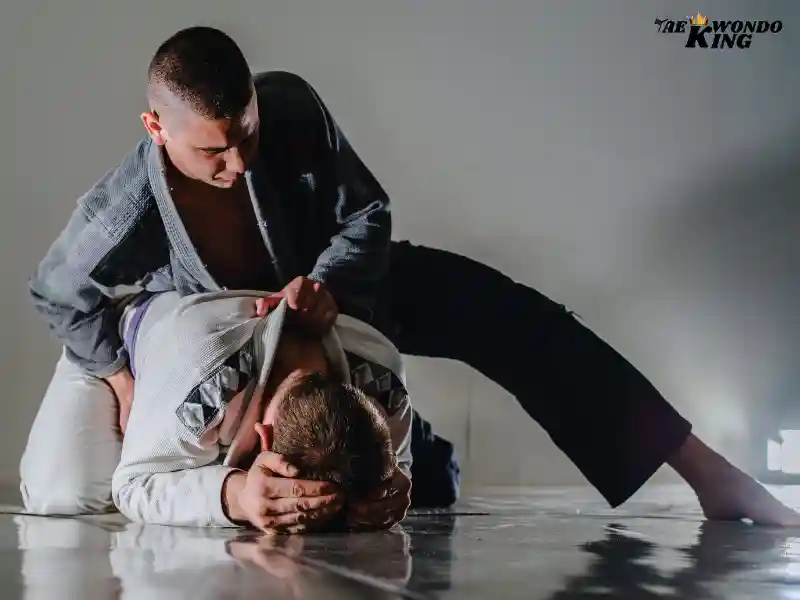
In the ever-evolving world of martial arts, one discipline has emerged as a true testament to technique, skill, and strategic prowess: Brazilian Jiu-Jitsu, often referred to simply as “Jiu-Jitsu.” This intricate and dynamic martial art has captivated practitioners and enthusiasts around the globe with its emphasis on leverage, ground-based combat, and the art of submission. In this comprehensive exploration, we will delve into the origins, techniques, philosophy, and transformative power of Brazilian Jiu-Jitsu.
In the vast realm of martial arts, few disciplines captivate the mind and body quite like Brazilian Jiu-Jitsu. Commonly referred to as BJJ, this dynamic and intricate combat sport has taken the world by storm, offering practitioners a unique blend of physical fitness, mental acuity, and practical self-defense skills. In this article, we will delve into the depths of Brazilian Jiu-Jitsu, exploring its origins, techniques, benefits, and the unparalleled journey it offers to those who venture into its realm.
For me, jiu-jitsu was the perfect sport because it gave you everything. There is physical contact, mental contact, and everything in between. The technique that you learn in jiu-jitsu can be used in all types of situations. You can use jiu-jitsu when you are fighting an attacker. You can also use it if you are getting mugged. The only difference is that jiu-jitsu requires you to be very aggressive and determined. You have to be more focused than when you are doing any other type of sport.
Origins and Evolution
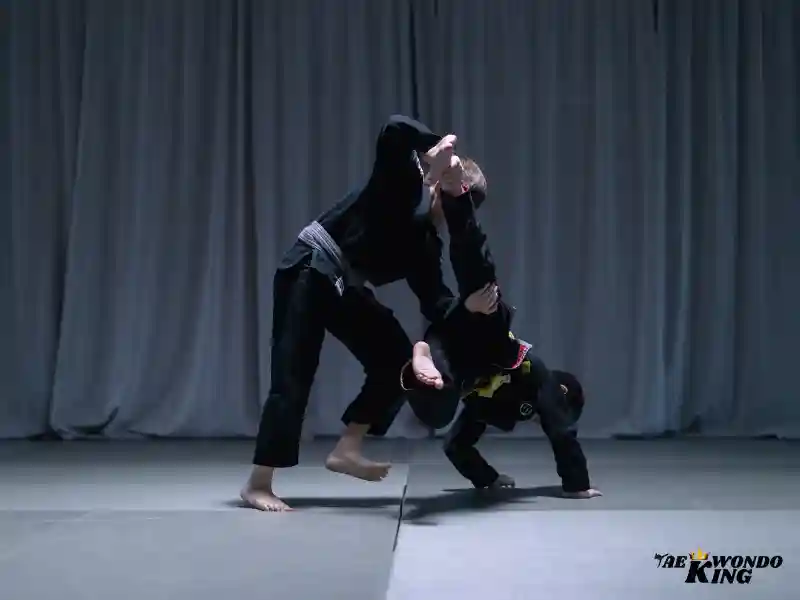
The roots of Brazilian Jiu-Jitsu trace back to the ancient Japanese art of Jujutsu, which emphasized close-quarters combat, throws, and joint locks. However, it was in Brazil that Jiu-Jitsu underwent a revolutionary transformation, thanks to the pioneering efforts of the Gracie family. Helio Gracie and his brothers adapted traditional Jujutsu techniques to create a system that allowed smaller individuals to overcome larger opponents using leverage, technique, and efficient movements.
As the Gracie family continued to refine and develop their unique approach, Brazilian Jiu-Jitsu was born. The art gained prominence not only for its effectiveness in self-defense but also for its growing presence in competitive arenas such as mixed martial arts (MMA). Today, Jiu-Jitsu is practiced by individuals of all ages, genders, and backgrounds, uniting them under the banner of technical mastery and physical prowess.
Rooted in the ancient Japanese art of Jujutsu, Brazilian Jiu-Jitsu was brought to prominence by the innovative Gracie family in Brazil during the early 20th century. Straying from the traditional focus on striking techniques, BJJ emphasizes ground fighting, grappling, and submission holds. The Gracias honed and refined this art through actual combat experiences, which led to the development of a system that allowed smaller individuals to defend themselves effectively against larger opponents.
Technical Brilliance: Mastering the Techniques of Jiu-Jitsu
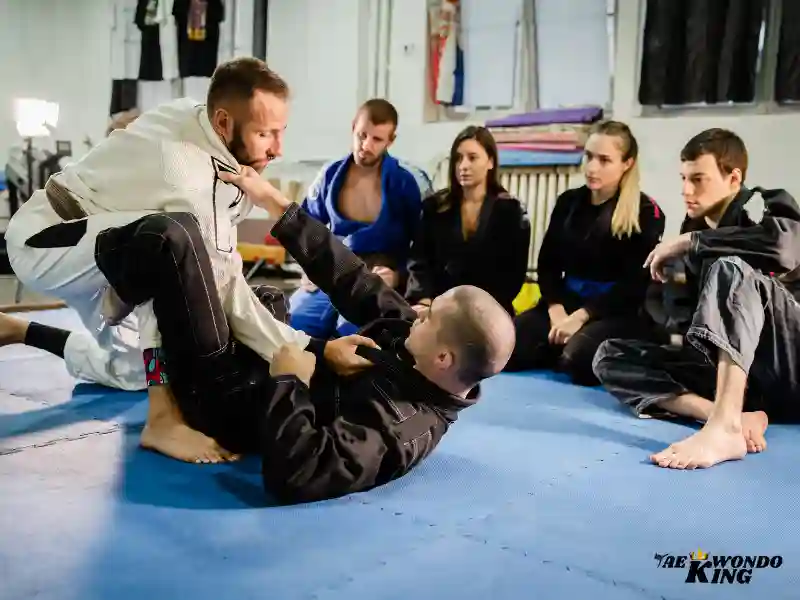
Central to the essence of Brazilian Jiu-Jitsu are its techniques, which emphasize positional control, submissions, and escapes. Unlike striking-based martial arts, Jiu-Jitsu revolves around ground-based combat, where practitioners seek to gain advantageous positions, immobilize opponents, and secure victory through well-executed submissions.
One hallmark of Jiu-Jitsu is its focus on leverage and proper body mechanics. By employing angles, pressure, and joint manipulation, practitioners can neutralize opponents with minimal exertion. Techniques such as joint locks and chokeholds are executed with precision, encouraging opponents to submit without causing unnecessary harm.
Jiu-Jitsu’s vast arsenal of techniques includes sweeps to reverse positions, guard passes to gain control, and submissions like armbars, triangles, and rear-naked chokes. As practitioners progress through the ranks, they cultivate a deep understanding of these techniques, enabling them to adapt and counter opponents with fluidity and finesse. At the heart of Brazilian Jiu-Jitsu lies a rich tapestry of techniques designed to leverage technique and leverage over brute force. Unlike many martial arts that prioritize raw power, BJJ thrives on precision, timing, and strategy. Practitioners learn to control and manipulate their opponents through a combination of joint locks, chokeholds, sweeps, and positional dominance.
Philosophy and Mindset: The Gentle Art of Jiu-Jitsu
Beyond the physical techniques, Brazilian Jiu-Jitsu embraces a philosophy rooted in patience, humility, and mental acuity. Often referred to as “the gentle art,” Jiu-Jitsu teaches practitioners to use technique and strategy to overcome physical attributes, fostering an environment where individuals of all sizes can succeed.
One of the fundamental principles of Jiu-Jitsu is that it allows practitioners to control and subdue opponents without causing unnecessary harm. This philosophy aligns with the art’s emphasis on respect, discipline, and ethical conduct. The Jiu-Jitsu practitioner learns to remain composed under pressure, embrace discomfort, and calmly strategize to navigate challenging situations.
Engaging in Brazilian Jiu-Jitsu offers a holistic approach to personal development, encompassing physical fitness, mental resilience, and emotional well-being. The art’s demanding nature provides an unparalleled workout that enhances cardiovascular health, muscular strength, endurance, and flexibility. Rolling sessions and sparring simulate real combat scenarios, keeping practitioners engaged, motivated, and committed to their fitness journey. On a mental level, Jiu-Jitsu has qualities such as problem-solving, adaptability, and focus. The need to anticipate opponents’ movements and react swiftly cultivates a sharp mind capable of making split-second decisions. These mental skills extend beyond the mat, equipping practitioners with tools to excel in their personal and professional lives.
Physical and Mental Benefits of Jiu-Jitsu
Engaging in Brazilian Jiu-Jitsu offers a plethora of physical and mental benefits that extend far beyond the confines of the training mat. Physically, BJJ promotes muscular strength, endurance, flexibility, and cardiovascular fitness. Unlike traditional workouts, BJJ training is both engaging and practical, ensuring that practitioners stay motivated and enjoy improving their physical health.
Mentally, BJJ cultivates a sharp mind capable of strategic thinking and problem-solving. Each roll is a puzzle to solve, requiring practitioners to predict their opponent’s movements and devise counter-strategies on the fly. This mental agility not only enhances performance on the mat but also translates to improved decision-making and adaptability in daily life.
What truly sets Brazilian Jiu-Jitsu apart is its unparalleled effectiveness in self-defense situations. BJJ empowers practitioners with the ability to neutralize threats without resorting to excessive force. This is especially valuable in scenarios where size and strength differentials can make a critical difference. By focusing on leverage and technique, BJJ enables individuals to subdue opponents without causing unnecessary harm. Through joint locks and chokeholds, practitioners can swiftly immobilize aggressors, ensuring personal safety while minimizing the risk of escalating violence. In a world where personal security is paramount, Brazilian Jiu-Jitsu offers a practical and ethical solution.
The Global Jiu-Jitsu Community: A Brotherhood of Technique
Brazilian Jiu-Jitsu boasts a global community that transcends geographical boundaries and cultural differences. Jiu-Jitsu academies, often referred to as “gyms” or “dojos,” serve as sanctuaries for practitioners to learn, train, and grow together. The camaraderie and mutual support within the Jiu-Jitsu community create an atmosphere of shared dedication and passion.
This sense of brotherhood is evident in the way experienced practitioners mentor and guide novices, fostering an environment of mentorship and encouragement. The Jiu-Jitsu community is united by a shared pursuit of excellence, where practitioners from diverse backgrounds come together to exchange knowledge, techniques, and insights. Moreover, Brazilian Jiu-Jitsu academies have become hubs of diverse communities, uniting individuals from all walks of life. The shared pursuit of mastery fosters strong bonds and friendships that extend beyond the mat. BJJ transcends language barriers, cultural differences, and societal divides, creating a global family bound by a common passion.
Competitive Arena: Jiu-Jitsu in Sport and MMA
Brazilian Jiu-Jitsu has established a prominent presence in both competitive sports and the world of mixed martial arts (MMA). BJJ tournaments showcase the art’s effectiveness in a controlled environment, where practitioners test their skills against opponents of similar proficiency. These competitions highlight the technical brilliance and strategic thinking that defines Jiu-Jitsu.
In the realm of MMA, Brazilian Jiu-Jitsu has proven to be an essential skill set for fighters. Many MMA champions attribute their success to their Jiu-Jitsu prowess, leveraging techniques such as submissions and positional control to secure victories. Jiu-Jitsu’s emphasis on ground-based combat makes it a vital component of an MMA fighter’s arsenal, showcasing its real-world applicability in combat scenarios.
Conclusion
In the tapestry of martial arts, Brazilian Jiu-Jitsu stands out as a masterpiece of technical prowess, philosophical depth, and transformative power. Its evolution from traditional Jujutsu to a dynamic and effective combat system reflects the art’s adaptability and enduring relevance. The journey into Jiu-Jitsu is a path of self-discovery, where practitioners not only hone their physical skills but also cultivate mental resilience, humility, and camaraderie.
As you embark on your own Jiu-Jitsu journey, remember that mastery is a continuous process that extends beyond physical techniques. Embrace the philosophy, mindset, and sense of community that defines Brazilian Jiu-Jitsu. Through dedication, practice, and a commitment to growth, you too can unlock the artistry and mastery of Jiu-Jitsu, transcending the limits of the mat and embarking on a transformative adventure of mind, body, and spirit.

Founder, Owner, and CEO of TaekwondoKing.
He is one of the top 100 martial artists in the World and among the top 20 referees in Bangladesh.
Ehatasamul Alom is an esteemed Kukkiwon Certified Taekwondo 3rd Dan Black Belt with over 15 years of experience in this dynamic martial art. Born in Rajshahi, Bangladesh, Ehatasamul’s journey with Taekwondo began at the tender age of seven. His passion led him to compete at national and international levels, where he has bagged numerous awards and honors. He is also a member of the Taekwondo National Referee Panel.
With a Bachelor’s degree in Sports Science from the prestigious Rajshahi University, Ehatasamul has a deep understanding of the technical and scientific aspects of martial arts and some other martial arts.
In 2022, Ehatasamul created the “TaekwondoKing.com” to share his knowledge, Free Resources, Values, and Real experiences. His articles focus on Taekwondo training techniques, competition strategies, Sport Products Reviews, and the art’s rich history and philosophy. He also writes about the importance of mental fortitude and discipline, key aspects of his teaching philosophy. He has already launched many sports, Taekwondo, and health-related Free online tools. His goal is to inspire both beginners and seasoned practitioners worldwide through insightful and engaging content.
If you need any help, contact Ehatasamul Alom at any time.

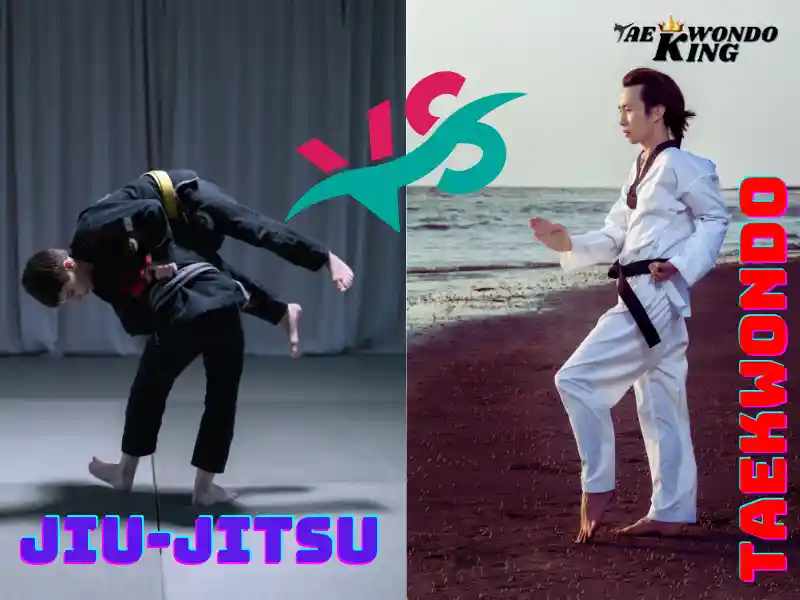
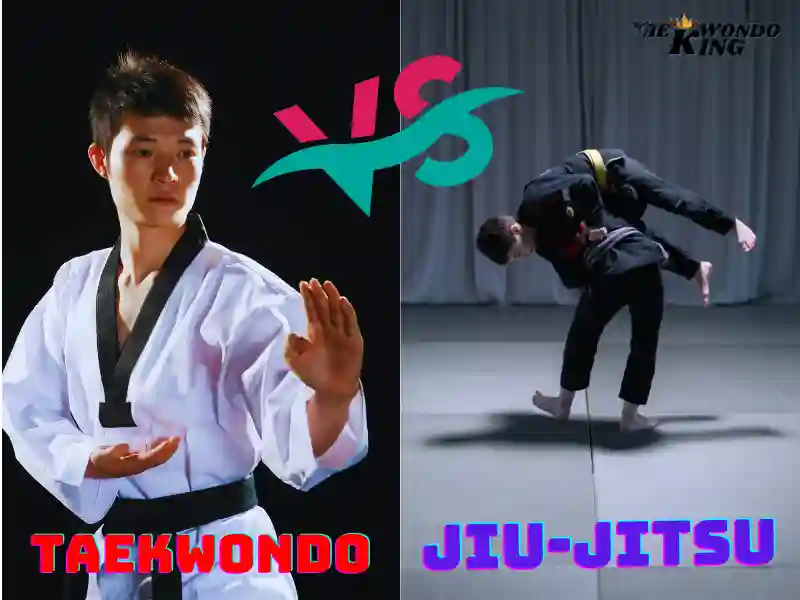
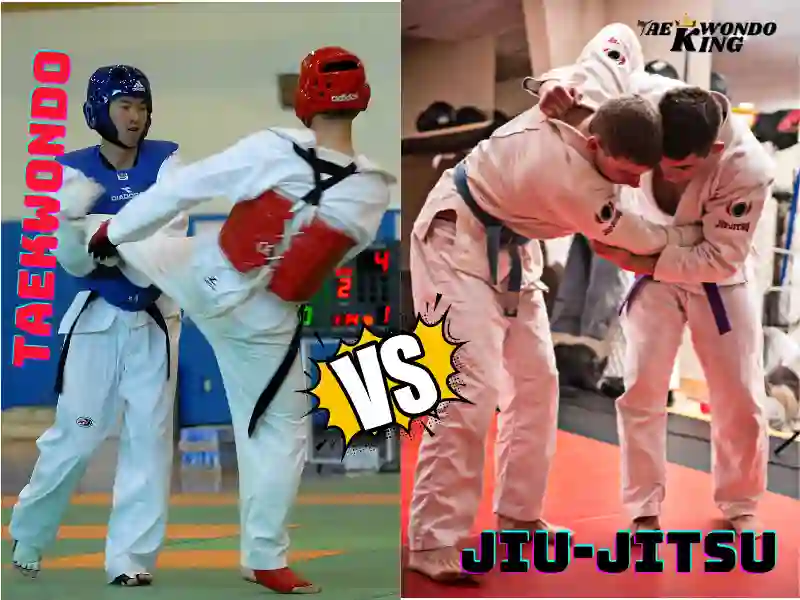
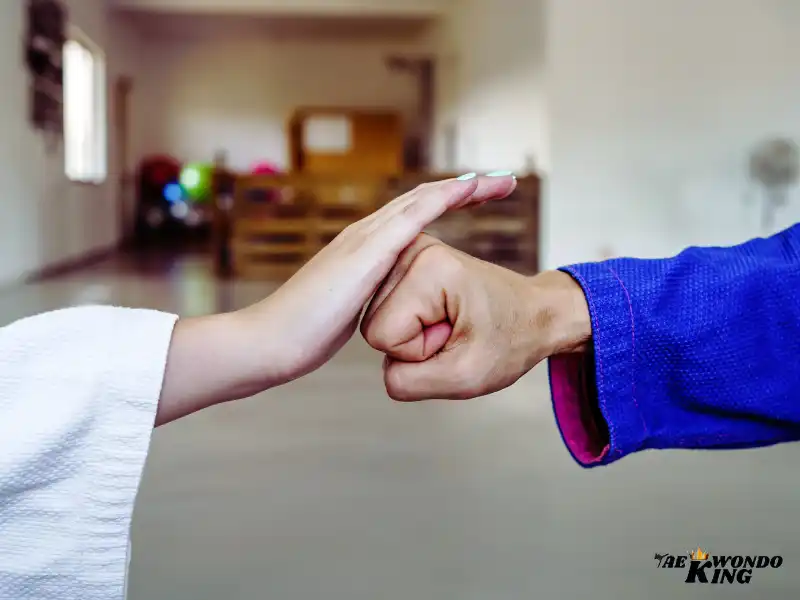
I’m so glad I found this blog. The jiujitsu tips are priceless! Thanks for sharing. I read many of your blog posts, cool, your blog is very good.